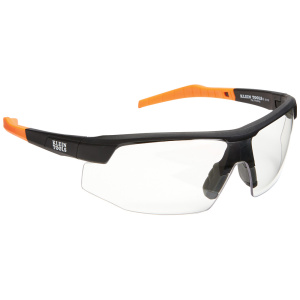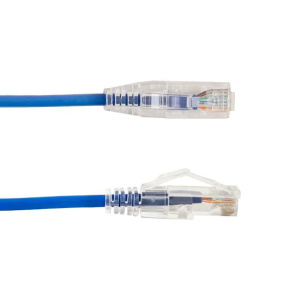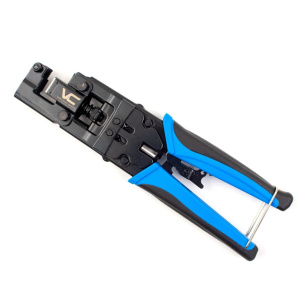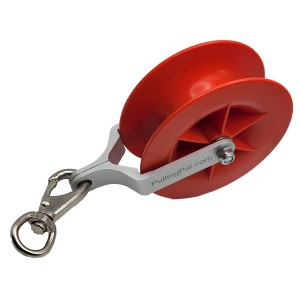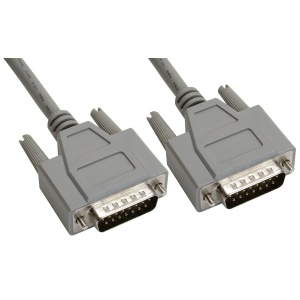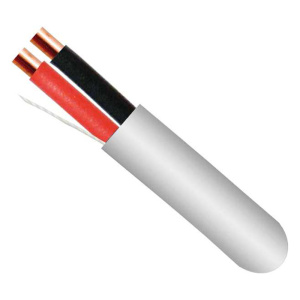Introduction
With the burgeoning demand for industrial efficiency, there’s no room for a monkey wrench in the works, especially when it comes to wiring and cabling. Amongst the wide array of options, tray cable is a jack of all trades. It’s your go-to guy, the ace up your sleeve in the field of cabling. But the million-dollar question is, When and Where to Use Tray Cable in Industrial Environments? That’s what we’re here to find out.
The Origin and Evolution of Tray Cable
In the Beginning
Tray cable, while seemingly mundane, has quite a riveting history. From its inception in the early 20th century as an answer to complex wiring problems, it’s grown in leaps and bounds.
An Evolving Journey
From simply providing power and control functions, tray cables have morphed into a critical component of any industrial setup. From factories, power plants to data centers, their applications are as varied as they come.
What’s So Special About Tray Cable Anyway?
It’s More Than Meets the Eye
Tray cables are no ordinary wires. They’re designed for resilience and versatility. From extreme temperatures to harsh chemicals, these cables can withstand it all, making them a reliable choice for various industrial scenarios.
Making a Stand in a Sea of Options
When picking cables for industrial applications, it’s easy to feel like a kid in a candy store. So, why pick tray cable over others? Well, their unique construction, with individual wires enclosed in a protective sheath, promises a high degree of protection and flexibility.
When and Where to Use Tray Cable in Industrial Environments
Time to Shine
Let’s get to the heart of the matter: When and Where to Use Tray Cable in Industrial Environments. Tray cables are a great fit for installations in trays, raceways, or where superior electrical properties are needed.
A World of Opportunities
Tray cables find their way into diverse industrial applications such as automation controls, conveyors, and industrial machinery. They can also be utilized in wet and dry areas, promising a broad range of versatility.
Industries That Swear by Tray Cable
The Manufacturing Marvel
In the manufacturing industry, timing is everything. Tray cables, with their robust build and reliability, ensure that the machines are powered correctly and efficiently, keeping downtime at bay.
Data Centers – The Heart of the Digital World
Data centers, the unsung heroes of our digital age, also heavily rely on tray cables. They ensure uninterrupted power supply and secure data transmission – key aspects for smooth functioning.
Selecting the Right Tray Cable for Your Needs
Not All Tray Cables Are Created Equal
When selecting tray cables for industrial use, understanding the differences between the types is vital. From power-limited tray cables (PLTC) to instrumentation tray cables (ITC), each serves a unique purpose.
Understanding The Ratings and Certifications
Understanding the ratings and certifications of tray cables can be a tricky business. But it’s an integral part of selecting the right cable for your needs. Key certifications to look out for include UL, NEC, and RoHS.
InstallationTips for Tray Cables
Doing It Right
Installation of tray cables can make or break the efficiency of an industrial setup. Proper handling, correct installation methods, and adherence to safety guidelines are paramount.
Common Pitfalls to Avoid
Like any complex process, tray cable installation isn’t immune to pitfalls. From inadequate support to incorrect bending radius, these minor issues can lead to major operational disruptions if not addressed.
Maintenance and Safety Guidelines for Tray Cable
Upkeep is Key
Maintenance is crucial for the longevity and efficiency of tray cables. Regular inspections for physical damage, environmental changes, and connector integrity can save you a world of trouble.
Safety First
When dealing with tray cables, safety can’t take a back seat. Observing safety protocols not only prevents accidents but also ensures optimal performance of the system.
The Future of Tray Cable in Industrial Environments
Innovation is the Name of the Game
The future of tray cables in industrial environments looks promising. With ongoing innovations in material science and construction, the potential applications of these cables are bound to increase.
A Sustainable Future
Sustainability is the buzzword of the century, and the tray cable industry isn’t immune. From eco-friendly materials to energy-efficient designs, the future of tray cables leans green.
Frequently Asked Questions
- What is tray cable used for? Tray cable is used for installations requiring superior electrical properties and can be used in a variety of industrial scenarios such as automation controls, conveyors, and industrial machinery.
- When should I use tray cable in industrial environments? Tray cables are suitable for use when high reliability and flexibility are required, such as in harsh environmental conditions, and where secure data transmission and uninterrupted power supply are crucial.
- Where can I use tray cable? Tray cables can be used in wet and dry areas, making them highly versatile. They can be installed in trays, raceways, or directly buried underground.
- What industries commonly use tray cable? Industries that heavily rely on tray cables include manufacturing, data centers, power plants, and various other industrial setups.
- How do I select the right tray cable for my needs? Selecting the right tray cable requires understanding of the various types of tray cables and their certifications. It’s also essential to consider the specific requirements of your application.
- What safety measures should I take when using tray cable? Adherence to safety guidelines, correct installation methods, and regular maintenance are key to ensuring safety when using tray cables.
Conclusion
In the world of industrial environments, tray cables have carved a niche for themselves. Whether it’s their unparalleled versatility, robust construction, or wide range of applications, they are indeed a game changer. Understanding When and Where to Use Tray Cable in Industrial Environments is not just a choice, but a necessity for those seeking efficiency and reliability in their operations.

